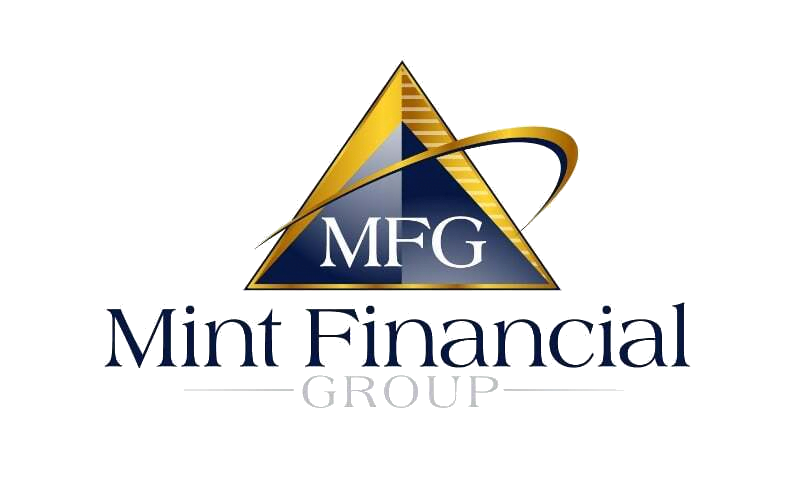
[et_bloom_locked optin_id=”optin_1″]
If you’re a small business looking for a loan to help your company’s development and growth, your company could be in trouble. Unlike alternative or private financing, gaining approval from a bank for a small business loan is a difficult and lengthy process. There are a few major factors that can prevent you from gaining the small business funding you need.

1. Bad or No Credit
If you’re looking to get a small business loan, both your business and you personally need solid credit. Strict credit requirements can cause problems for newer business or young applicants as startups with no business credit history will have to depend solely on the credit of the owner and if they are a young entrepreneur, their credit history may not be good enough to merit a loan.
2. Inadequate Collateral
Lenders aren’t willing to risk default on the money they let your business borrow without a promise of reimbursement. Organize a collateral document that lists everything you can offer as collateral, including both business and personal assets. Price depreciation can also affect your collateral.
3. You’re Already in Debt
If your company already has a fair amount of unresolved debt, from other loans, lines of credit, or something else, lenders will probably not extend further credit to you. Paying down loans and maintaining low balances on lines of credit – less than 35% is ideal, and if that’s not feasible, just keeping it as low as you can – is an important factor in making your application more appealing to lenders.
4. A Poor Business Plan
No bank will want to take a risk on a company that hasn’t planned out or thought through its approach or strategy. Business plans that aren’t specific and are poorly researched are not likely to be approved. This is easy to resolve, as undergoing more extensive research and planning better business strategies can turn your business into a better risk and give your company credibility as to what they will use the loan for.
5. Cash Flow Problems
If your cash flow is inconsistent, or worse such as declining year-over-year, then how will you pay back the loan? The bank won’t offer money to a company with serious cash flow problems. If a business isn’t making money, lenders consider it too much of a risk. In the eyes of the bank, how is your business going to pay back the loan with interest if they aren’t profitable? Even if a business does have good cash flow, it doesn’t guarantee that a bank will give them a small business loan, as sometimes it comes down to how old and established the company is.
Invoice factoring makes it possible for small business owners to obtain funding despite bad credit and other factors. No matter how many times you’ve been rejected by banks, it’s likely you’ll qualify for factoring.
Learn more about why your small business should choose invoice factoring instead of bank financing.
6. Not enough time in business
Getting a small business loan when just starting up can be tricky. After all, you need working capital to pretty much do anything, but haven’t proven that your business model will last.
In short, if you’ve been in business for less than 2 years, then you shouldn’t expect to get a traditional bank loan. Most banks will require at least 2 years of business and personal tax returns when you apply, which means you may even need to be in business longer.
There are roughly 200,000 new businesses every month in America and 180,000 that close its doors. In year one, about 80% of businesses survive. By year five, it’s less than 50%. By year ten, only one out of three are still open.
If you plan on only trying to get a bank loan, you may find yourself in a catch-22 situation. The bank requires that you have a long enough credit history with a proven track record of paying on time and meeting your financial obligations. However, you may need a loan or credit card to even start building your credit.
7. High-Risk Industry
If you’re in an industry with a high rate of failure, then even having a solid business plan may not be enough. Banks gather thousands of data points each year from across the country to analyze the risk factors on every single industry known by SIC Code. This allows them to be very selective and lend to those industries that are showing low rates of defaults on loans.
Certain industries like trucking and construction often find it difficult to qualify for a traditional bank loan for this reason.
Other industries can become affected from regulations that make it more difficult or expensive to operate in. In other words, it increases the risk that a bank will have to take. Rather than take on that risk, banks often will look to other industries or tighten their qualification requirements, making it even less accessible to most business owners.
8. Customer Distribution – Diversity of Revenue
In short, this is the danger of putting all your eggs in one basket. If your revenue comes from that one whale of a client, what happens if you lose that client?
Things banks can look at include how much of your revenue comes from a select number of consumers, businesses, or governments. If you’re doing business with larger or reputable companies such as Costco as opposed to shady Sam next door, this looks better because more often than not bigger companies pay their bills on time. Also, customer loyalty is without a doubt positive, but the point here is to minimize risk by having a diverse portfolio of customers.
In short, work on expanding your client base now to mitigate the bank’s concerns and for your own financial security.
9. Incomplete Paperwork
Given that business owners can spend an average of 20-30 hours on a bank loan application, it’s not uncommon to make mistakes or not even have the supporting documentation that may be requested later in the application process.
Banks will often require a business plan, 3 years business and personal tax returns, business bank statements, financials and/or projections, and credit reports just to apply. Later on, they may also request legal documents related to your business such as leases, contracts, licenses, permits, and corporate documents.
Some business owners assume they can cover all their bases by applying for multiple loans at one time. This way, they can pick and choose from a range of potential offers. However, opening too many loan applications at once can be a red flag for credit bureaus.

Bridge the Gap Today with Mint Financial Group’s Alternative Lending Programs!
So, what can you do if a bank declines your small business loan application?
The good news is that Mint Financial is ready to fill the void left by the banks. We feel your pain, and more importantly we understand the need for “common-sense” underwriting in today’s economy.
So whether you have less than perfect credit, been in business for less than 2 years, or in an industry banks don’t want to touch, Mint Financial has options you can qualify for today!
[/et_bloom_locked]